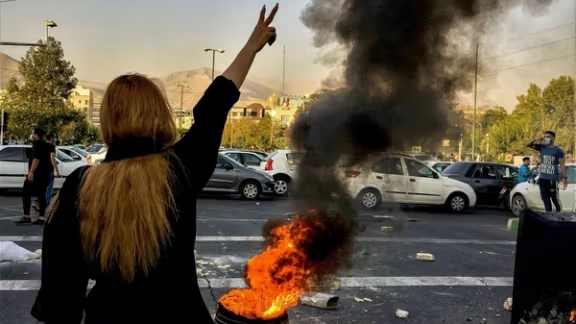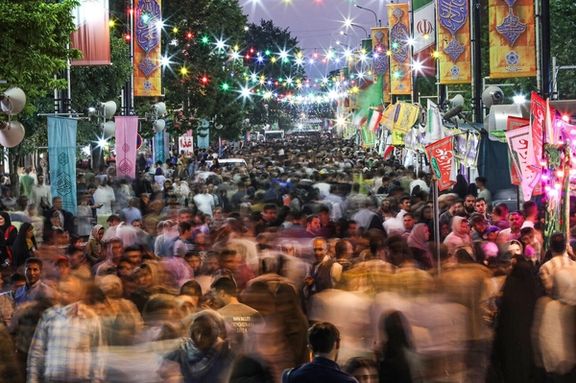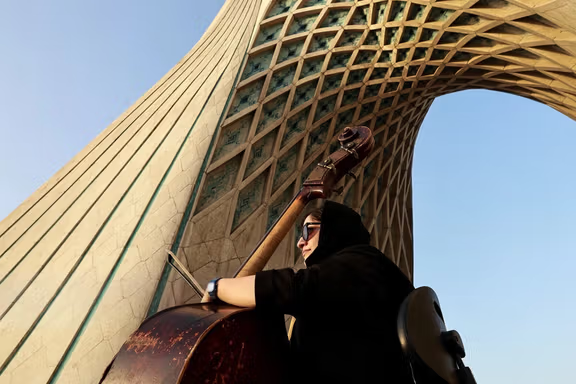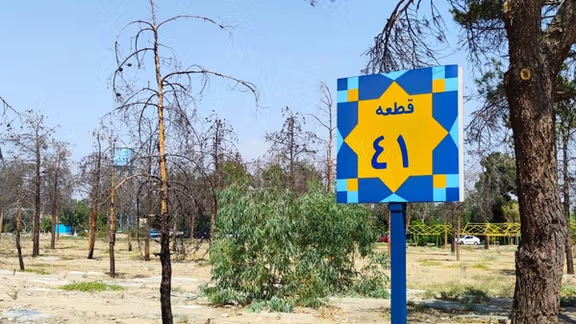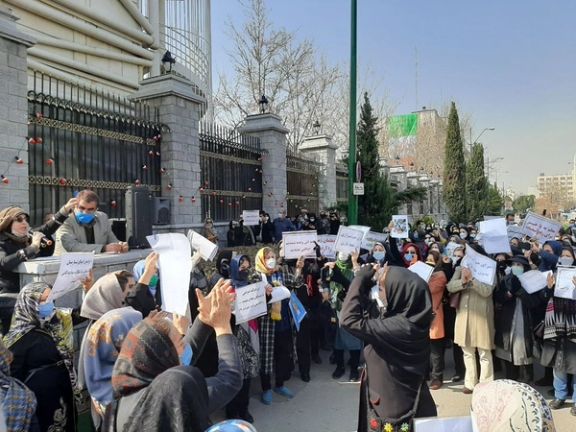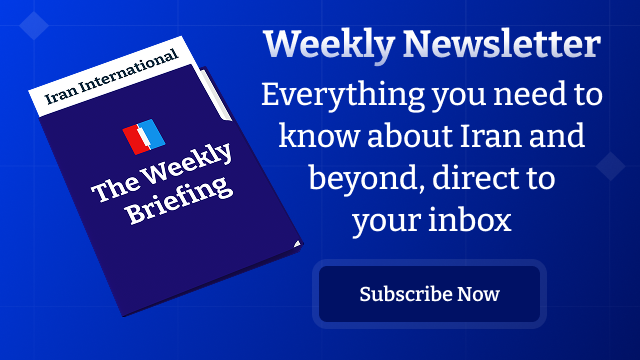The Reformist Front’s 11-point statement, released just weeks after the 12-day war with Israel, demanded sweeping shifts in both foreign and domestic policy, including reconciliation with the West and curbs on the IRGC’s role in politics and the economy.
The appeal was the boldest in years from a faction once central to Iranian politics but now largely marginalized.
Hardline outlets responded with fury.
Kayhan daily branded the proposals “capitulation,” while IRGC-linked Tasnim News Agency warned of a “Gorbachev moment” that could unravel the state. The backlash underscored how sensitive the demands were, cutting at the very pillars of Supreme Leader Ali Khamenei’s power structure.
Alex Vatanka of the Middle East Institute says that reformists are testing the waters precisely because they sense the Islamic Republic is battered by sanctions and the war with Israel.
“The Islamic Republic is under strain like never before,” he told Iran International, “but reformists don’t have the street behind them.”
The moderates are laying the groundwork for further challenges if ignored, Vatanka said, insisting the letter should not be read as mere symbolism but as a signal of intent.
“This is just the beginning,” he added, cautioning that without broad public support, their leverage remains limited.
Others place the statement in the context of succession politics.
Historian and author Arash Azizi described it as part of a “post-Khamenei world,” with rival factions already maneuvering for influence after the 85-year-old leader.
By openly calling for suspending enrichment and curbing the Revolutionary Guards, he argued, reformists are staking out ground in anticipation of change at the top.
They are not naïve,” Azizi said. “They know these demands won’t be met tomorrow. But they want to shape what comes next.”
But the gulf between elite politics and public sentiment remains wide.
Behnam Ben Taleblu of the Foundation for Defense of Democracies (FDD) cautioned that while such statements attract attention in Washington, they resonate little inside Iran.
“This is politically significant in the sense of who said it, but it won’t have impact,” he said.
For many Iranians, he added, the reformist project has lost credibility after years of unmet promises.
A vision beyond hardline rule
The Reformist Front’s roadmap also included calls to end the house arrests of Green Movement leaders Mir-Hossein Mousavi and his wife Zahra Rahnavard.
Whether such demands gain traction will depend on whether they can move beyond closed-door debates and find resonance in a weary society.
Meanwhile, pressure on Tehran is mounting.
European governments have threatened to trigger the UN’s snapback sanctions if nuclear talks stall, a move that could plunge Iran deeper into recession.
Inflation and power and water shortages are already hitting daily life, while the war with Israel exposed vulnerabilities in Iran’s defenses and weakened its standing abroad.
Despite the boldness of their demands, few expect Iran’s ruling elite to bend.
The Supreme Leader has shown little tolerance for compromise, and the Revolutionary Guards remain entrenched across politics and the economy.
Yet Azizi argues the statement with its sweeping demands should not be dismissed as irrelevant.
“It is a mini earthquake,” Azizi told Iran International. “Even if it doesn’t lead to immediate change, it tells us how reformists are imagining a post-Khamenei Iran.”
Whether the letter proves to be a turning point or just another forgotten appeal may depend less on reformist leaders than on whether ordinary Iranians are willing to rally behind them.
